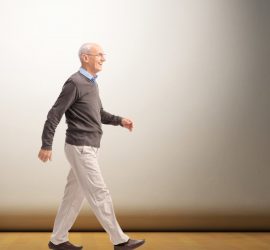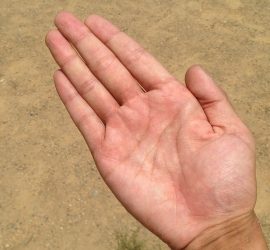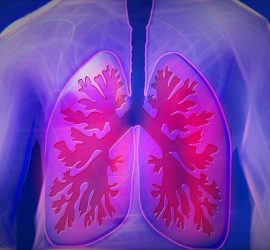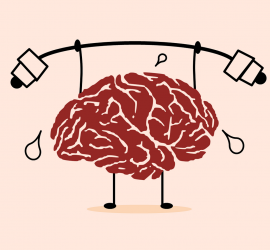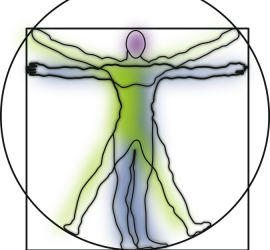Translating walking parameters into meaningful biomarkers for benchmarking pathological movement behaviour
Walking is regulated and coordinated through complex control mechanisms within the human sensory motor system, allowing individuals to adapt to both internal and external challenges and perturbations (Full et al., 2002). During this regulation to achieve stable walking, natural fluctuations (i.e. movement variability) are present between strides in both the […]

